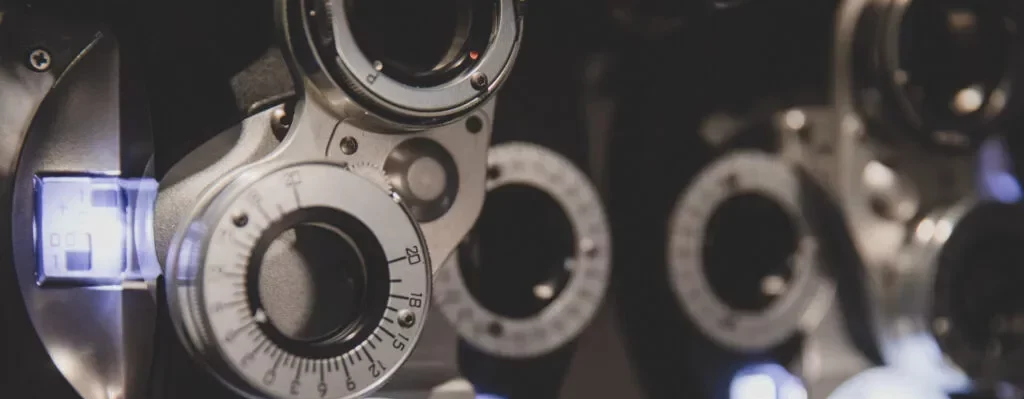PROCEDURES
CROSS-LINKING FOR KERATOCONUS
Keratoconus is a disease causing the cornea to become thin and weak that leads to it gradually bulging outward into a cone shape. Durrie Vision offers Cross-Linking for Keratoconus, a non-invasive procedure combining ultra-violet (UV) light and Vitamin B2 eye drops. This treatment stiffens and strengthens the cornea. Since the cornea may continue to change for months, most patients still need glasses and/or contacts to correct their vision.
For Treating
Keratoconus
For Ages
Dependent on diagnosis

Is Cross-Linking Right for You?
This treatment is reserved for patients diagnosed with Keratoconus, which causes progressive, diminished vision. Cross-linking is a safe, effective treatment designed to stop the progression of the disease and preserve visual sharpness. If left untreated, patients may require a corneal transplant.

Cross-Linking for Keratoconus: What to Expect
On the day of the procedure, patients can expect to be in our office for two hours, and will need a driver following the procedure.
Step 1
Pre-op Prep
We run several tests confirming our data on your eye. You can have a mild sedative if you’d like, and you’ll receive numbing eye drops. A small, gentle eyelid holder is placed between the eyelids so you don’t blink during the procedure.
Step 2
Prep the cornea
The doctor applies a solution to the cornea to help remove the top layer of it.
Step 3
Treatment
Vitamin B2 eye drops saturate the corneal tissue and then while an ultra-violet (UVA) light is on, additional Vitamin B2 drops are put in the eye.
Recovery
Cross-Linking for Keratoconus Recovery
Cross-Linking for Keratoconus is performed on one eye at a time, typically at least 3-6 months apart. Our doctors monitor the patient’s vision and the eye’s corneal shape.
Day 1-Month 1: Initially patients will experience poor vision in the surgical eye and can’t wear a contact lens in that eye.
Months 1-3: Vision will gradually improve back to baseline and patients may begin wearing their contacts again, or may be referred to new contact lenses.
Months 3-12: As the corneal shape stabilizes, the patient’s vision quality and clarity will improve.
Year 1+: Corneal reshaping may continue during the healing process and our doctors continue following the patient’s progress with exams every 6-12 months.

LASIK
For nearsightedness, farsightedness, & astigmatism

Refractive Lens Exchange
For presbyopia, nearsightedness, farsightedness, & astigmatism

Refractive Cataract Surgery
For cataracts, presbyopia, nearsightedness, farsightedness, & astigmatism
